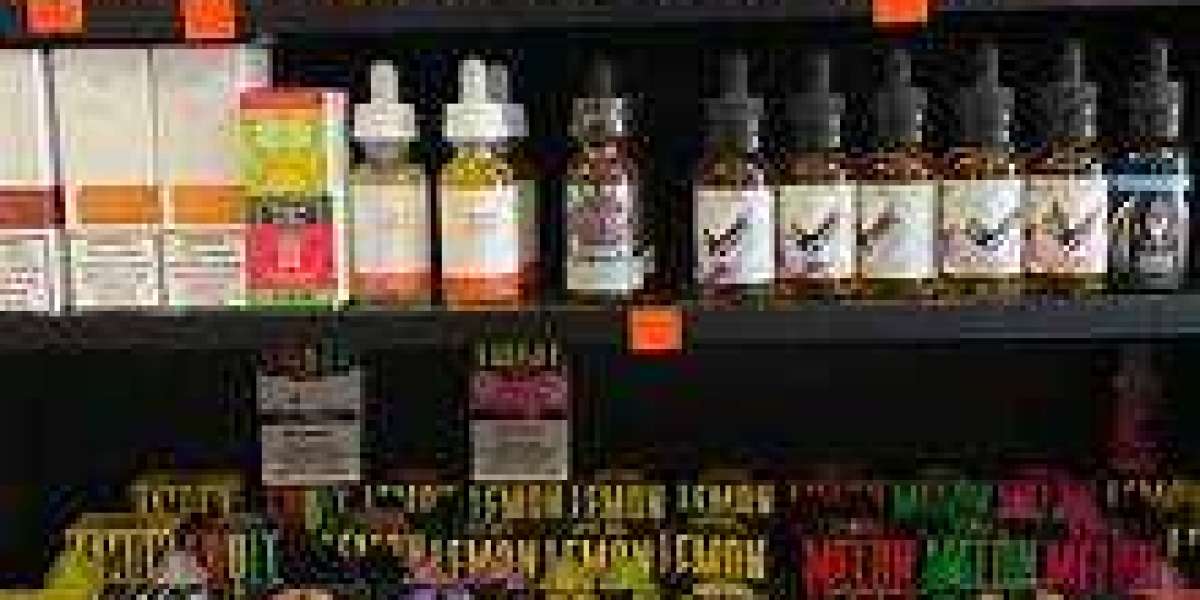Nuclear reactors are operated with safety procedures and systems that ensure low radiation exposure for operating staff. Many older plants undergo regular safety reviews (often called mid-life reviews) to check that safety margins remain adequate.
PWRs use a moderator in a large tank called a calandria, with uranium oxide pellets in stainless steel tubes, all cooled by a flow of primary coolant, which turns into steam to drive turbines. This system is called chemical shim control.
Control rods
Control rods are used to control a reactor’s power by changing the amount of neutrons that reach the core. They are inserted into guide thimbles in the core’s fuel assembly and protected by an insulating cladding material, typically Boron Carbide. The thimbles are grouped into groups (banks) and moved together using the control rod drive mechanism. This is done to reduce the time it takes to move them and prevent damage to the thimbles.
During a normal reactor operation, control rods are withdrawn when the turbine demand for power is high. This decreases the reactivity of the core and drops the core temperature. The reactivity of the core increases as it cools down, but the negative temperature reactivity feedbacks keep the power increasing until it reaches its maximum rated value.
If the reactivity is above its rated value, the reactivity can be lowered by inserting control rods or by using chemical shims such as soluble boron in PWRs. This can help prevent the occurrence of an accident such as a recriticality, which could result in a nuclear meltdown. However, the insertion and withdrawal of control rods may not occur at the same time. In addition, there is a limit on how long the control rods can be inserted or removed before they lose effectiveness. This is due to the burnup of the neutron absorbers in them.
Pressure relief valves
Pressure safety valves allow gas and liquid to escape a reactor when a sensor detects that the pressure has exceeded an acceptable limit. These safety systems are common in industrial reactors in chemical processing such as polymerizations, nitrations, diazotizations and sulphonations. buy reactors at surplusrecord.
Reactors that produce non-condensable gases must use calorimeters to determine the rate at which the gases are generated. This information is used to size the vents that will reduce the pressure of the reactor by removing the generated gases. The gasses generated in gassy reactions can also increase the temperature of the reaction, so other controls must be used to lower this temperature.
The steam discharged through opened pressure safety valves (PSVs) in BWRs or power-operated safety valves (PSVs) in PWRs flows into water-filled suppression pools inside the reactor primary containment. The water cools the steam and converts it back to water, protecting the reactor vessel and system piping from damage caused by excessively high pressure.
Many codes and standards are published throughout the world to govern the design and operation of pressure relief systems. These include the ASME Boiler and Pressure Vessel Code and the International Atomic Energy Agency (IAEA) Code. These codes require a variety of tests be performed to ensure that pressure relief valves are properly sized and functioning correctly. They also detail the causes, severity and effects of service wear on pressure relief valves.
Accelerating rate calorimeters
A reactor calorimeter is a type of instrument that measures the adiabatic temperature increase of an exothermic reaction. It includes a reaction vessel, heat exchangers and a control system. The reaction vessel is filled with a reference material that has a known heat capacity. Heat is introduced to the system to reach a steady state, and then the temperature of the reference material is measured. This allows the operator to determine if the reaction has become an exothermic runaway.
An accelerating rate calorimeter can detect a thermal runaway in a small sample of the reaction materials. It uses a heated metal sphere to test the material for thermal runaway. It also contains thermocouples and a pressure transducer to measure the temperature of the sample and the pressure of the surroundings. These devices can detect temperature changes of 0.1 degC per minute.
This method of detecting thermal runaway is often used in chemical manufacturing plants to prevent explosions. It is a fail-safe mechanism that automatically or manually activates the safety mechanisms built into a reactor to stop the reaction. Many industrial plants have multiple layers of protection in case the temperature of a reactor rises beyond its operating target.
The most common layer of protection is a pressure relief valve (PRV). PRVs are usually spring-loaded with a disc that can be pushed by the fluid inside the plant, or by a force exerted on it by a safety rod. When the pressure on the disc reaches the maximum limit set by the plant, the PRV opens and the fluid is discharged through a duct.
Control systems
In industrial reactors, a temperature control system maintains an accurate process temperature during chemical combination. Its sensors measure the temperature of the heat transfer liquid and transmit it to a controller. The controller uses the information to modify the flow of heat transfer fluid into the reactor. This ensures the reaction reaches its target temperature without overheating or over-pressurizing the vessel.
Most reactors have layers of protection or multiple safety measures in place should the temperature of a reaction go too high. These include bypass valves, quench valves, and containment pots. They are also equipped with temperature control mechanisms that prevent thermal runaway by slowing or halting the reactor’s nuclear fission.
Industrial reactors have several other types of control systems as well. For example, CANDU reactors use pressure tubes instead of a pressure vessel enclosing the core. These can be refueled while the reactor is running, making them more cost-effective than other nuclear power plants that need to shut down for refueling every few years.
Digital instrument signals offer several benefits over analog ones. They can convey additional data points, such as device status or self-diagnostic test results. They also transfer information at a higher rate than analog signals, so they respond to process disturbances more quickly. In addition, they provide more accurate measurements and reduce harmonic distortion.





